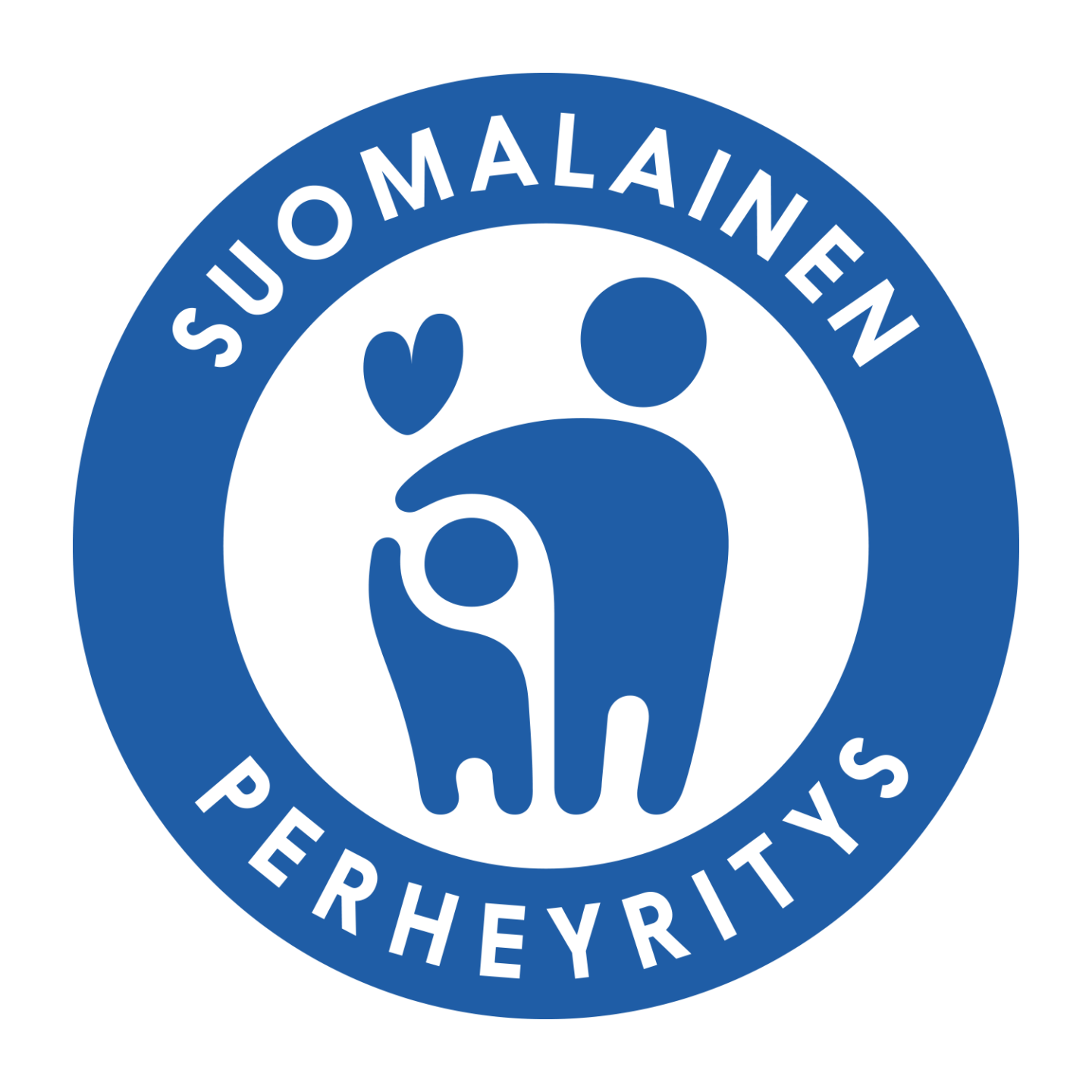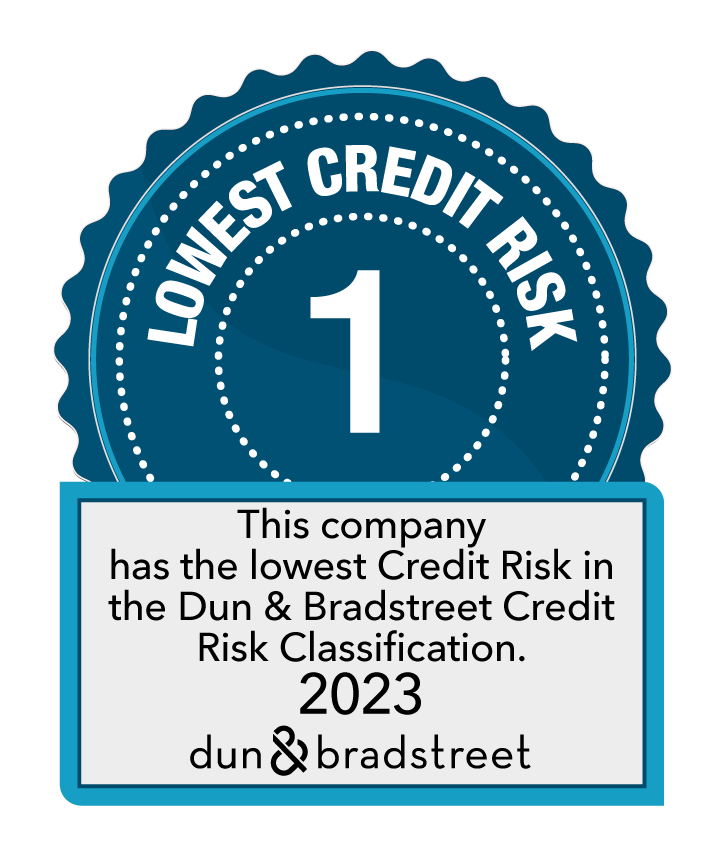When designing socially responsible products, several views have to be considered: raw materials, size, packaging, manufacturing methods as well as post-use recycling or separation of waste. But first of all, products must be functional and suitable for their intended purpose. Even the most socially responsible product is not useful if it’s not used correctly.
What does this mean? The napkins we manufacture are a good example. If a product is too small for a location, too much of it will be used. Even if the raw materials were sourced responsibly, too much of them will be used. As such, there is more waste than there needs to be. When products are of the right size, the optimal amount for use is guaranteed and excess waste can be avoided.
A well designed package removes excess waste – all products are used like they are supposed to be used. A well designed package is easy to open and, even more importantly, easy to store – hygienic and neat. It is easy for opened packages to create waste if they are not properly covered. A well designed package makes it easy to remove only one product at a time. This way, waste can be eliminated altogether as products are removed from packages.
Small spaces are becoming more common. This also means smaller storage spaces. Small package sizes make storing easier and improve the circulation of the product. Testing products is also easier because there is no need to commit to larger quantities.
Responsibly designed products are made in a way that saves energy. New and energy-efficient manufacturing equipment guarantee responsible operations. The recovering of energy, quick reactions to equipment downtime and the utilisation of heat increase responsibility. Most recent technologies can also be used in lighting, for example by using motion sensors.
The size of a responsibly designed product is carefully considered. The product must be suitable for its intended use but, on the other hand, all kinds of waste must be minimised. A good example in our own product selection is the headrest cover. Headrest covers are made in a product line where the size of the cover is carefully designed to fit the seat. The final product has a rectangular shape. Rounded corners or canted edges mean that some of the material is wasted and it cannot be utilised. The real consumption level of raw materials ends up being bigger than the size of the product. A responsible designer carefully considers the real need in terms of the product’s shape.
Responsible packages are designed to be suitable for production as well as easily stackable (consumer goods) or easily stored (professional use). Products must withstand transport and also fit well on loading pallets. Larger batches must be designed so that they use the available space on EUR pallets as efficiently as possible. Packages must protect the product, but there should not be too much of it in order to avoid overpackaging. Designing responsible products requires various kinds of expertise.
Responsible designers know how to design any printwork from several angles. Of course, aesthetic considerations are the starting point of visual design. Immediately following this, designers should consider how the functionality of the product can be retained in the best possible manner. In terms of napkins, for example, the purpose of the napkins should be remembered. The visual aspect alone is not enough in professional use. Napkins must also be soft and absorbent. Large print areas reduce absorbency and the functionality of the product becomes diminished. The best results take into consideration both the visual and the functional aspects.
Responsible products are also manufactured responsibly. Key issues are responsibly sourced raw materials, responsibly managed production lines as well as the appropriate utilisation and treatment of human resources. Products based on responsibility are manufactured by taking each ethical viewpoint into consideration.
Responsibly manufactured products are not transported from the other end of the world if you can obtain them next door. Responsibly manufactured products are not stored in warehouses – they are circulated, timely and current. Responsibly manufactured products are based on socially responsible collaboration. All of us can do our part to make sure that our choices help to make the world a better place for future generations as well.
The writer is a second generation family entrepreneur, whose heart has a special spot for social responsibility.



